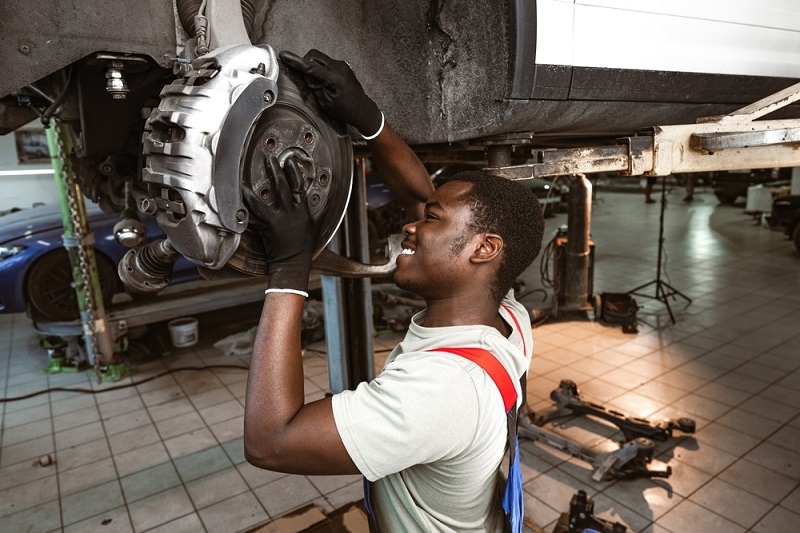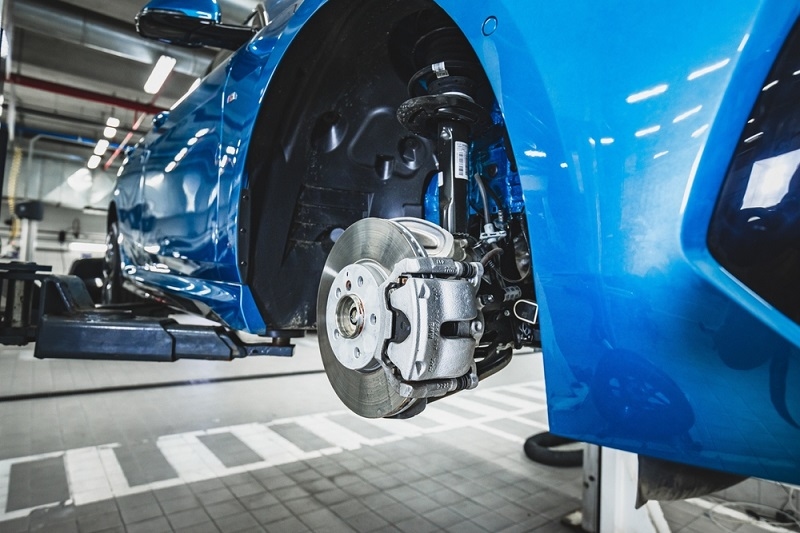
Brakes don’t get much love, do they? We fuss over shiny paint jobs, obsess over horsepower numbers, even argue endlessly about the “best” tires. But brakes? They quietly do their job—until the day they don’t. And when that day comes, trust me, you’ll wish you’d paid them more attention.
Safe and smooth driving doesn’t just happen. It’s the result of good habits, a little patience, and yes, proper car brake maintenance. Ignore them, and you’re asking for trouble. But keep them in shape, and you’ll drive with confidence—whether it’s your morning commute or a late-night highway sprint.
Let’s cut to the chase. Here are ten practical, no-nonsense tips to keep your brakes happy and your driving stress-free.
Your car talks. Not literally, but you know what I mean. A high-pitched squeal? That’s probably worn pads. Grinding? That’s metal meeting metal, and that’s your cue to book a mechanic. Even faint clicking sounds when you press the pedal are worth paying attention to. Ignoring noises is like ignoring smoke from the kitchen—you might get away with it once, but eventually, it’s going to cost you.

Think of brake pads as the sneakers of your car—they wear down over time. How fast depends on your driving. Heavy city traffic, stop-and-go commutes, or a habit of braking hard at the last second will chew through them quickly. Check them every few months, and don’t wait until they’re thinner than a credit card. A simple check today saves you a full car brake repair and maintenance bill tomorrow.
Most drivers never think about brake fluid until it’s too late. Here’s the deal: brake fluid absorbs moisture over time. Moisture means air bubbles. Air bubbles mean less stopping power. A soft, spongy pedal is often the first warning sign. Top it up if it’s low, and replace it every couple of years to keep your system crisp.
Pads get all the attention, but the rotors—those shiny discs behind your wheels—are just as important. If they’re warped or worn unevenly, you’ll feel vibrations through the steering wheel when braking. That’s a classic sign your discs need attention. Routine disc brake maintenance car checks can keep your braking smooth instead of shaky.
Ever felt like your car is pulling to one side when braking? Or noticed you’re pressing the pedal harder than usual? Don’t brush it off. Your gut’s usually right—something’s up. It could be uneven pad wear, a sticky caliper, or air in the system. Cars aren’t supposed to feel unpredictable when you hit the brakes. If they do, listen to that instinct.
Road grime, brake dust, even mud—all of it can shorten the life of your braking system. A quick clean whenever you service your car makes a difference. I’ve seen brakes last years longer simply because the owner kept the system free of buildup. It’s not glamorous, but it works.
Here’s the hard truth: most brake problems start with us, the drivers. Riding the brakes downhill? Bad idea. Slamming the pedal at the last second? Even worse. The smoother you drive, the longer your brakes live. Leave more space between you and the car ahead. Coast into lights instead of charging and stomping. Your passengers (and your wallet) will thank you.
Read Next: 2025 Chevy Trax: Family-Friendly Versatility Unveiled
It’s not just for steep hills. The parking brake relieves pressure on your main system when the car’s parked. If it feels loose, or worse, doesn’t hold the car in place, it needs adjusting. And in cold climates, make sure it isn’t sticking from rust or ice. It’s a small thing that plays a big role in overall brake health.
Here’s something many people don’t realize: hybrids and electric vehicles often rely on regenerative braking. That’s great for saving energy, but it means the regular brakes don’t get used as much. Ironically, that can cause corrosion faster because they’re sitting idle. Regular checks are a must for hybrid car brakes maintenance, even if you don’t use the pads as often as a gas-powered car.
You can spot the basics—low fluid, worn pads—but some problems hide deeper in the system. A mechanic can pick up on subtle leaks or uneven wear before they snowball. At least once a year, get a professional inspection. It’s a small investment for peace of mind.
Let’s recap the red flags:
Your brakes squeal, grind, or click.
The car drifts to one side when braking.
The pedal feels squishy, stiff, or just “off.”
You feel vibrations when slowing down.
The brake warning light is glowing.
If you notice any of these, don’t tough it out. Get it checked—fast.
Yes, maintaining brakes can feel boring compared to upgrading wheels or adding gadgets. But here’s the thing: brakes save lives. They also save you money. Replacing pads on time is way cheaper than replacing pads, rotors, and calipers after months of neglect. And there’s nothing more reassuring than knowing when you press that pedal, your car will do exactly what you need it to.
Explore This Topic: Is the 2025 Toyota Camry Hybrid the Best Yet? Find Out
We all get busy. It’s tempting to put off maintenance until “next month.” But your brakes don’t care about your calendar. They wear whether you notice or not. Staying on top of them is less about being a car nerd and more about being a smart, safe driver.
So, here’s my challenge: before the week’s over, take five minutes to check your brakes—or book a service. Future-you, cruising smoothly and stopping safely, will be grateful.
This content was created by AI